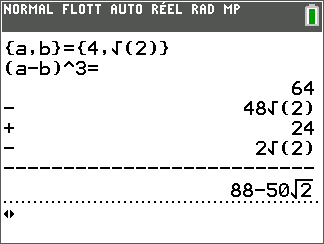

There are currently 21 subspecies of least chipmunks that reflect a complex history of differentiation and diverse ecological and biogeographical associations ( Verts and Carraway, 2001). Least chipmunks ( Neotamias minimus) are the most widespread species within a diverse mammalian genus collectively distributed throughout western North America ( Piaggio and Spicer, 2001 Reid et al., 2012).


federal protections under the Endangered Species Act (ESA Puckett et al., 2021). As an example of these persistent issues, we discuss the results, interpretation and conservation-related recommendations from a recently published phylogenomic study of chipmunks, which bear on a pending decision of U.S. This will necessitate an improvement in how scientists translate technical jargon for knowledge-users, and will ensure that the scientific interpretation of results accurately reflects the limitations of the genomic data or analyses. It is therefore increasingly critical to bridge the “conservation genomics gap” for more effective exchange of knowledge among genomic researchers, conservation managers, and public stakeholders ( Shafer et al., 2015 Taylor et al., 2017a Kadykalo et al., 2020). These applications may have consequential repercussions for regulatory legislation. In parallel with these advances, genomic data are increasingly being applied to questions of taxonomic validity among wildlife, and toward systematic rearrangements within and among species of conservation concern. Recent decades have seen a surge in technological development of genomic sequencing methods for non-model organisms, along with associated bioinformatic data processing, and downstream evolutionary analyses. atristriatus as an endangered species under the U.S. Our conclusions have important and immediate implications for the proposed listing of N. We conclude that the data from this genomic appraisal add to information from prior studies providing strong support for recognition of N. We identify four broad conceptual issues that led to errant recommendations: (1) interpretation of subspecies and diagnosability, (2) inappropriate use of reciprocal monophyly as a criterion for subspecies, (3) importance of geographic isolation, and (4) error in hypothesis testing and misinterpretation of results.
If expression with chipmunk basic program how to#
We refute the interpretations, conclusions, and taxonomic recommendations of this study, and explain in clearer terms how to interpret genomic analyses for applied management. The work we discuss used exon capture genomic approaches and concluded that their results did not support the distinction of this taxon as a subspecies, with recommendation that it be synonymized with N. We provide a response to a recently published evaluation of the subspecies status of the Peñasco least chipmunk ( Neotamias minimus atristriatus). 2Department of Fish, Wildlife and Conservation Ecology, New Mexico State University, Las Cruces, NM, United States.1Division of Biology, Kansas State University, Manhattan, KS, United States.


 0 kommentar(er)
0 kommentar(er)
